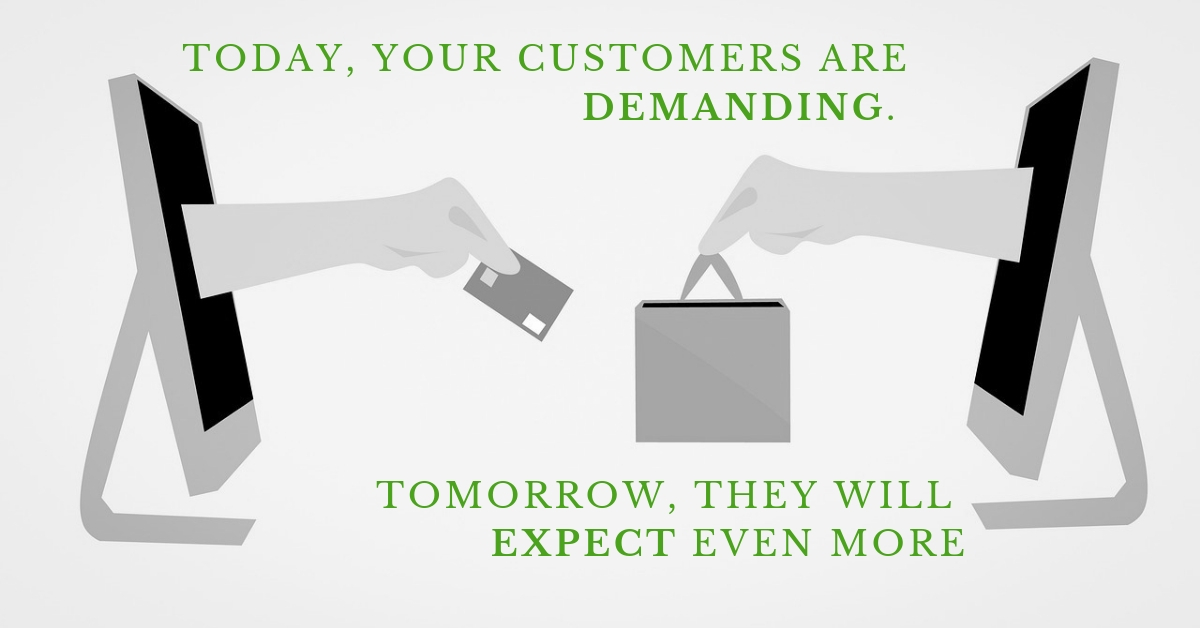I have a Google habit. It’s the curse (or blessing!) of growing up in the ‘digital age’ (but please, don’t call me a millennial). That’s to say that I rely on my smartphone to Google anything and everything. Admit it, you’re guilty too.
Scientists believe that this habit of ‘googling’ everything is actually making our attention spans shorter. It’s a common practise in this ‘digital’ era; throw technology at a problem and it will solve it. That works, right? When it comes to your business, the ‘Google’ effect is not the answer.
Don’t stumble in the dark
To thrive in the digital age, it’s not about having to bring every piece of new or exciting technology on board, and shoehorning it into a place in your organisation. It’s about carrying out your normal business functions and processes more effectively and efficiently. It’s about enabling your employees to better serve your customers.
Just bringing in any technology with no clear road-map for how this will evolve with your organisation, and solve business problems, is fruitless. There are some scary stats out there telling us that two thirds of digital transformation initiatives fail. But it doesn’t need to be that way.
Strategy first
What experience do you want your partners, suppliers, customers and employees to have? It’s not about the technology. It’s about how they feel when they’re using it; and you certainly don’t want that to be one of frustration or fatigue with the system. Rather than focusing on the technologies you think you need, or that you want, which is an operational move, take the strategic move first.
Consider how anyone interacting with your organisation behaves; whether it’s web, social media, telephone or any other channel. This will help you to identify the processes causing the biggest pain points. Once you understand the gripes in your current processes, you can pinpoint the key areas which could benefit from change.
Technology second
It’s all very well knowing where you need to change today. But how does that help you decide on what your technology stack looks like?
Understanding what you want your business of tomorrow to look like is key to ensuring the changes you make today enable your business to grow.
It’s important to consider your culture; how will you manage the change internally and prepare your business to transform? Once you’ve got these details in tow, you’re well on the way to mapping the technologies to which will overhaul your creaking processes and bridge that gap to where you want your business to be.
This might not be something you can carry out alone; many businesses bring in outside agencies with the expertise in user journey mapping and technical architecture. It will certainly pay to consult the experts in the long run for the success of your transformation. They’ve been there, done it and learnt the lessons.
So, before you throw technology at your problem, take a step back to consider the bigger picture. Your business will thank you for it.
Download our whitepaper “Talking Transformation – a CEOs guide to dealing with Digital Disruption” for more information on how to move your digital transformation forward.






